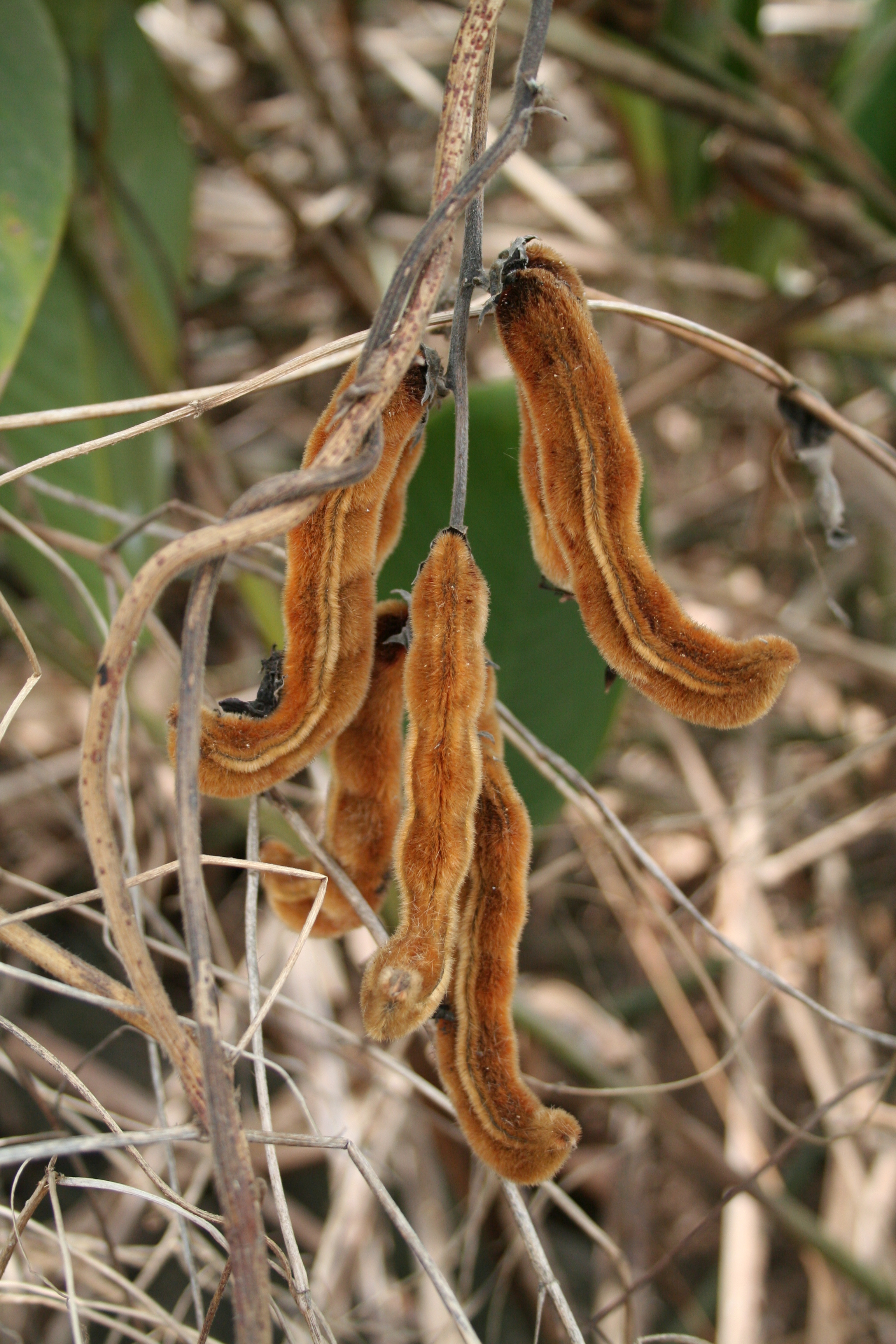|
Mucuna Sanjappae
''Mucuna sanjappae'' is a perennial woody twiner from the family Fabaceae. It is endemic to India (Maharashtra), having been recorded from Junnar Junnar (Marathi pronunciation: ͡ʒunːəɾ is a city in the Pune district of the Indian state of Maharashtra. The city has history dating back to the first millennium. The nearby fort of Shivneri was the birthplace of Maratha king Chatrap ... in Maharashtra. References sanjappae Flora of India (region) {{Phaseoleae-stub ... [...More Info...] [...Related Items...] OR: [Wikipedia] [Google] [Baidu] |
Fabaceae
The Fabaceae or Leguminosae,International Code of Nomenclature for algae, fungi, and plants. Article 18.5 states: "The following names, of long usage, are treated as validly published: ....Leguminosae (nom. alt.: Fabaceae; type: Faba Mill. Vicia L.; ... When the Papilionaceae are regarded as a family distinct from the remainder of the Leguminosae, the name Papilionaceae is conserved against Leguminosae." English pronunciations are as follows: , and . commonly known as the legume, pea, or bean family, are a large and agriculturally important of |
Junnar
Junnar (Marathi pronunciation: ͡ʒunːəɾ is a city in the Pune district of the Indian state of Maharashtra. The city has history dating back to the first millennium. The nearby fort of Shivneri was the birthplace of Maratha king Chatrapati Shivaji Maharaj, the founder of the Maratha Empire. Junnar was declared the first tourism taluka in Pune district by the government of Maharashtra on 9 January 2018. History Junnar has been an important trading and political centre for the last two millennia. The town is on the trade route that links the ports of western India or more specifically of Konkan with Deccan interiors. The first mention of Junnar comes the Greco-Roman travellers from the first millennium, The Indo-Scythian Western Satraps ruled at Junnar during the 2nd century CE as shown by their cave inscriptions in the area of Junnar, at Manmodi Caves. "Yavana" Greeks also left donative inscriptions in the 2nd century CE at Lenyadri and Manmodi Caves. According to Damoda ... [...More Info...] [...Related Items...] OR: [Wikipedia] [Google] [Baidu] |
Maharashtra
Maharashtra (; , abbr. MH or Maha) is a states and union territories of India, state in the western India, western peninsular region of India occupying a substantial portion of the Deccan Plateau. Maharashtra is the List of states and union territories of India by population, second-most populous state in India and the second-most populous country subdivision globally. It was formed on 1 May 1960 by splitting the bilingual Bombay State, which had existed since 1956, into majority Marathi language, Marathi-speaking Maharashtra and Gujarati language, Gujarati-speaking Gujarat. Maharashtra is home to the Marathi people, the predominant ethno-linguistic group, who speak the Marathi language, Marathi language, the official language of the state. The state is divided into 6 Divisions of Maharashtra, divisions and 36 List of districts of Maharashtra, districts, with the state capital being Mumbai, the List of million-plus urban agglomerations in India, most populous urban area in India ... [...More Info...] [...Related Items...] OR: [Wikipedia] [Google] [Baidu] |
Mucuna
''Mucuna'' is a genus of around 100 accepted species of climbing lianas (vines) and shrubs of the family Fabaceae: tribe Phaseoleae, typically found in tropical forests. The leaves are trifoliolate, alternate, or spiraled, and the flowers are pea-like but larger, with distinctive curved petals, and occurring in racemes. Like other legumes, ''Mucuna'' plants bear pods. They are generally bat-pollinated and produce seeds that are buoyant sea-beans. These have a characteristic three-layered appearance, appearing like the eyes of a large mammal in some species and like a hamburger in others (most notably '' M. sloanei'') and giving rise to common names like deer-eye beans, donkey-eye beans, ox-eye beans, or hamburger seed. The name of the genus is derived from ''mucunã'', a Tupi–Guarani word for these species. Ecology Some ''Mucuna'' species are used as food plants by caterpillars of Lepidoptera. These include ''Morpho'' butterflies and the two-barred flasher (''Astraptes fulger ... [...More Info...] [...Related Items...] OR: [Wikipedia] [Google] [Baidu] |

